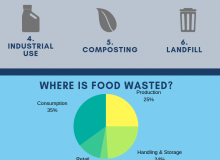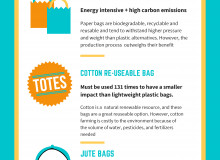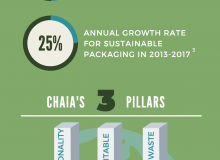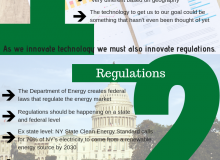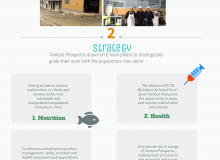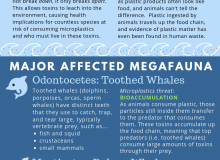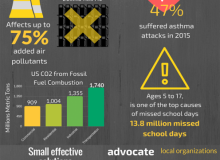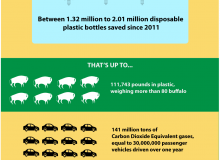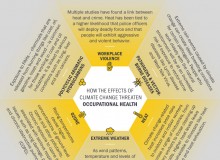Infographic
Want to know how it works, why things are happening and what the numbers are? Check out our infographics for deep dives into the facts behind the most important sustainability challenges our planet faces.
George Washington University
Food waste is a tragedy, but it doesn't have to happen. I made this infographic to spark further interest in the topic and give some first steps on being a more sustainable consumer.
George Washington University
When you're shopping, we as consumers have become accustomed to having a bag to hold our goods. However, the environmental cost and life span of the bag we use varies depending on the materials.
The George Washington University
Through research and actions, I've learned that it's actually in the best interest of local businesses to strive for a more sustainable business model.
The George Washington University
There are three major categories of policy that lead us to our 2030 Sustainable Development Goals. Learn more in this infographic.
The George Washington University
Pesquera Diamante, one of the leading companies in the fishing industry in Peru, saw an opportunity to help a community facing anemia and malnutrition.
Planet Forward Correspondent | Eckerd College
Even when most microplastics are consumed by smaller marine species, no animal—including humans—is immune to its risks as it rises through the food chain.
George Washington University
Traffic congestion in urban cities have contributed a significant portion of greenhouse gases like CO2 to air pollution and that has direct correlation to an increase of health effects, especially asthma in children.
George Washington University
The Trump administration recently rescinded a 2011 ban on the sale of disposable water bottles in National Parks, which data show worked to prevent waste.
State University College at Buffalo
By comparing Harvey to other natural disasters, we can see that this unfortunately ordinary occurrence has become extraordinary.
MPH@GW, The George Washington University
The most dangerous jobs in the United States may become even more dangerous thanks to climate change.

